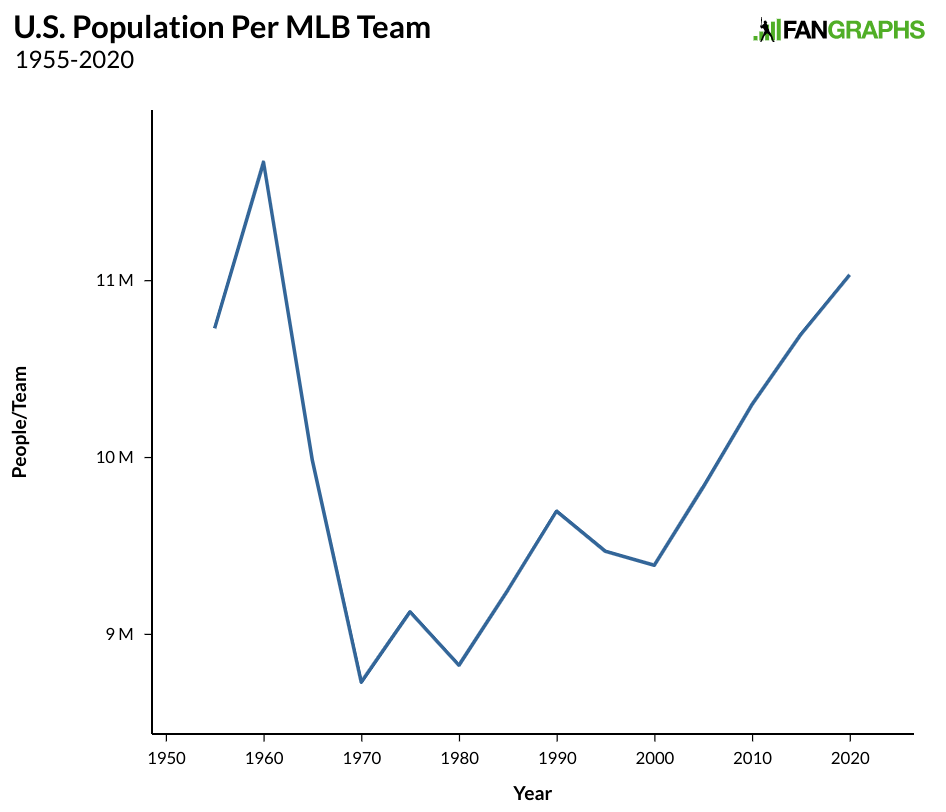There should be baseball today, only there isn’t. Baseball has given way to more important concerns – health, safety, social distance – but its relative triviality doesn’t mean we aren’t feeling its absence. MLB is endeavoring to fill the gap with a day-long marathon of Opening Days and meaningful games past; Ben Clemens wrote a handy viewing guide for Opening Day At Home, allowing you to choose your own adventure. But it isn’t the same. As I was reflecting on what we lose without live baseball, I wondered if part of what moves us about Opening Day isn’t just the promise of the new and its attendant optimism, but also the memories we spirit in with us. Opening Day’s form and place on the calendar has changed as baseball has changed, but it has been home to some special games, and a good many special days spent with friends and family. Here are a few of the FanGraphs staff’s favorites. – Meg Rowley
March 31, 1998: Philadelphia Phillies at New York Mets
Despite 25 years of living in New York City and 22 as part of a Yankees partial season ticket plan, I can only remember attending a few Opening Days, all of them at Shea Stadium. It’s the first one that stands out. Before I was a baseball writer, or even a moonlighting blogger, I was a graphic designer, most notably at a company called Bill Smith Studio that specialized in textbooks and children’s books. Circa fall 1997, I was just another freelancer passing through, at least until the studio’s top project manager discovered I was a baseball fan. Soon Lillie, a Brooklyn-born Mets die-hard who annually purchased a four-seat partial season ticket plan through her one-woman corporation (she was an independent contractor) began inviting me to the occasional game. Suddenly, I also got placement on the studio’s more favorable projects, and quickly accepted an offer to join the staff.
Rightly, Lillie treated Opening Day as a holiday, and splurged for extra tickets, encouraging her guests to bring a friend or significant other. There may have been eight or 10 of us in tow at Shea Stadium for the 1998 opener, including one of my closest pals. On an unseasonably warm 82 degree afternoon, the Phillies’ Curt Schilling and the Mets’ Bobby Jones traded zeroes, with each team stranding several runners in scoring position. In the fifth, the Mets had first and second and one out, but Desi Relaford hit into a 4-6-5-6 double play in which Bobby Abreu (making his Phillies’ debut) was thrown out between second and third after the force play at second. In both the sixth and eighth innings, Philadelphia’s Rico Brogna made the third out, stranding a runner in scoring position. Schilling held the Mets to two hits and one walk while striking out nine over eight innings, while Jones worked around six baserunners in his six scoreless frames. Chants of “Yankees suck!” and boos for both mayor Rudy Giuliani and ex-Met Gregg Jeffries resonated, as they generally do in Queens. Read the rest of this entry »

 Dan Szymborski
Dan Szymborski
